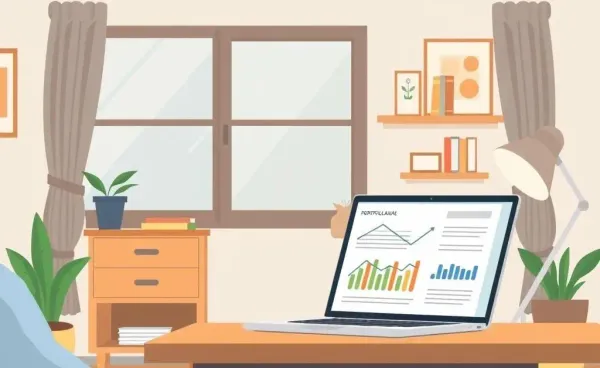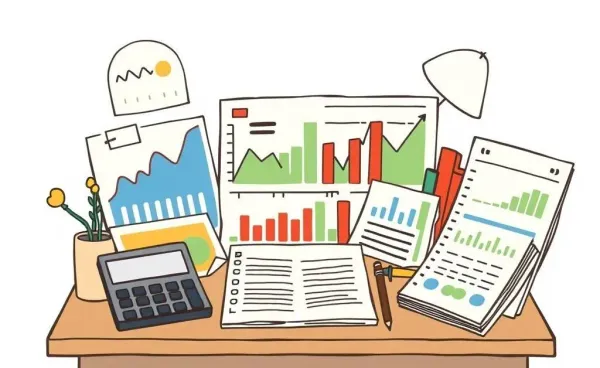Navigating the Canadian Mortgage Maze: A User-Friendly Guide
Discover practical mortgage tips for Canadians navigating their first home purchase.

Buying your first home in Canada is exciting, but it's also a bit like a game of Monopoly — thrilling, potentially profitable, and just a little daunting. From the difference between fixed and variable rates to decoding CMHC jargon, there's a lot to juggle. Plus, if you’re anything like me, you might have had more than a few sleepless nights thinking about what it all means. Let’s journey through this home-buying adventure together and uncover what you need to know about getting a mortgage in Canada.
Understanding Your Options
The primary keyword phrase Canadian mortgage options comes into focus here. Before you fall in love with that open-plan city loft or suburban family home, it’s crucial to understand the types of mortgages available. Canadians typically choose between fixed-rate and variable-rate mortgages. With a fixed-rate mortgage, you lock in an interest rate for the entire term, which can be comforting knowing your payments won't suddenly skyrocket.
Fixed vs. Variable Rates
Variable-rate mortgages, on the other hand, tend to start with a lower rate that fluctuates with market conditions. Over the long term, it could lead to savings, but it also involves more risk.

Preparing Your Finances
Loan officers don’t only want to see that impressive credit score — they’re looking at your gross income, total debt, and savings. Basically, they want to see if you can handle the monthly mortgage payments, even if life throws you an unexpected curveball. Creating a solid budget should be your first step when considering getting a mortgage in Canada.

Decoding the Down Payment
Another pressing question is how much you need to put down. In Canada, the minimum down payment depends on the apartment's price:
- If it’s $500,000 or less, be ready to pay at least 5%.
- Between $500,000 and $999,999? The ante is upped to 10% on the portion exceeding $500,000.
- For homes over $1 million, you’ll need 20%.
This is where CMHC insurance enters the conversation. It’s mandatory if your down payment is less than 20%, safeguarding the lender should you default on payments.
The Road Ahead
Once your finances are squared away and you understand the mortgage landscape, the search for your new home can begin in earnest. A good real estate agent is invaluable here. They not only help locate potential dream homes but navigate the often complex offer and negotiation process. Plus, they understand the local market nuances, which can be the difference between a good and a great deal.

Conclusion: Your Home Awaits
The journey toward home ownership in Canada doesn't have to be overwhelming. By understanding Canadian mortgage options and prepping your finances, you’re already setting yourself up for success. So, are you ready to get those keys and start life’s next chapter?
Happy house hunting, and remember — while the process might be intricate, the reward at the end is a place called home. What's your biggest hurdle when thinking about buying a home? Let me know in the comments below!




